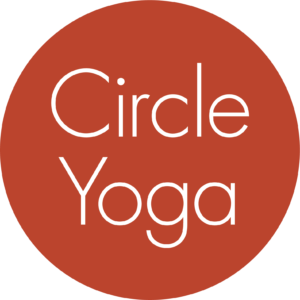February 2016

While Annie is away in India this month, we’re taking the opportunity to share an excerpt from her book, Things I Did When I Was Hangry.
Picking Up the Baby
While my kids were growing up, I was either working or in graduate school. I got up early to meditate, went to class or worked, then ran errands or grocery shopped, and showed up at the kids’ school in time for the 3:20 afternoon pick-up bell. Each day when we walked in the door together around 3:45, I realized I was exhausted. I had almost no energy in reserve for my kids, but they were all in desperate need of attention from Mommy and hours of chauffeuring were about to begin. To avoid focusing on my exhaustion and guilt (and my covert anger toward kids that I couldn’t say no to), I made a beeline to the kitchen for a “snack.” I sometimes still do this. When I got into the house, I was briefly released from my incessant work and to do list, and I felt anxious about what I should be doing next. Instead of sitting with the anxiety, I went for the food. Eating kept me in a state of distraction. Whenever there was a pause in activity, I’d head back to the kitchen for another little diversion.
This is a normal time of day to feel hunger and want something, a low blood sugar time of day. But I wasn’t usually hungry for food; I just didn’t want to feel whatever was upsetting me. It could have been worry about one of the kids, an argument with my mom, or stress about money. When I was busy and working, I didn’t have to pay attention. While cooking, I continued to numb myself with food, and by the time we had diner, I wasn’t hungry at all. Why would I be? I had eaten several meals before we sat down to eat. To keep up with the pretense of my “normal” relationship with food, I filled my plate and ate it anyway.
But gradually, as I continued to practice mindfulness and meditation, there began to be times when I could stay with my difficult feelings. I found out that many of the feelings didn’t last long if I gave them my full attention and compassion. Some only took a few minutes to soften. They didn’t usually disappear, but by turning toward my feelings rather than turning toward the muffins, I began to figure out what I was really hungry for.
Thich Nhat Hanh describes this process as taking care of our baby. When we “pick up” our anxiety, fear, sadness, inadequacy, or other strong emotions the way we would pick up a crying baby – with tenderness and curiosity – it changes. Just like a baby responds to being picked up, our emotions respond to our mindful attention. Sometimes a baby just needs comfort, and sometimes our feelings just need to be heard and accepted. At other times, the baby needs something more, like a diaper change, and sometimes our feelings need more too – but we can only know this after we pick them up and offer some supportive, loving care.
The more I’ve practiced this skill, the less I have had to squash my strong emotions with food or other distractions. Practicing “picking up the baby” when we are triggered by strong emotions is very helpful. But, just like running a marathon, it’s easier to do if we’ve had some training with lower-stakes emotions. Meditation is how we train ourselves to develop the skill of being with strong emotions. Meditation builds our mindfulness muscle in the same way of doing consistent, short training runs prepares us for a longer run.
Your cross to bear, your suffering, may look different from mine, but that’s just disguise. We all want to avoid feeling pain and to live in peace. It’s only when we learn to be comfortable with the awkwardness and complexity of life and stop tiptoeing around every feeling are we able to fully live. Hidden just behind our tender hearts is a vast expanse of contentment, waiting for us to find it.

Perfect! Thanks for writing this